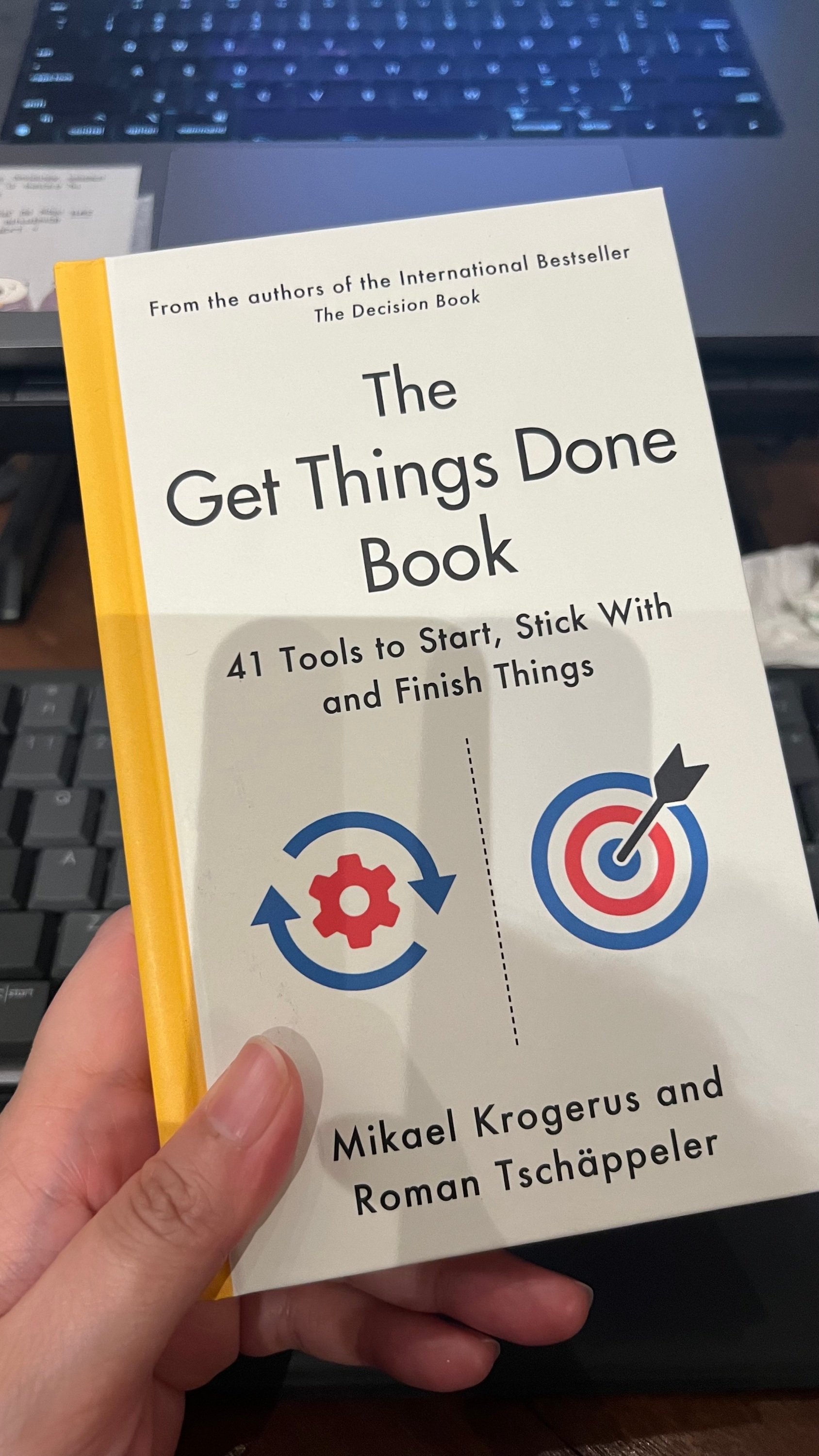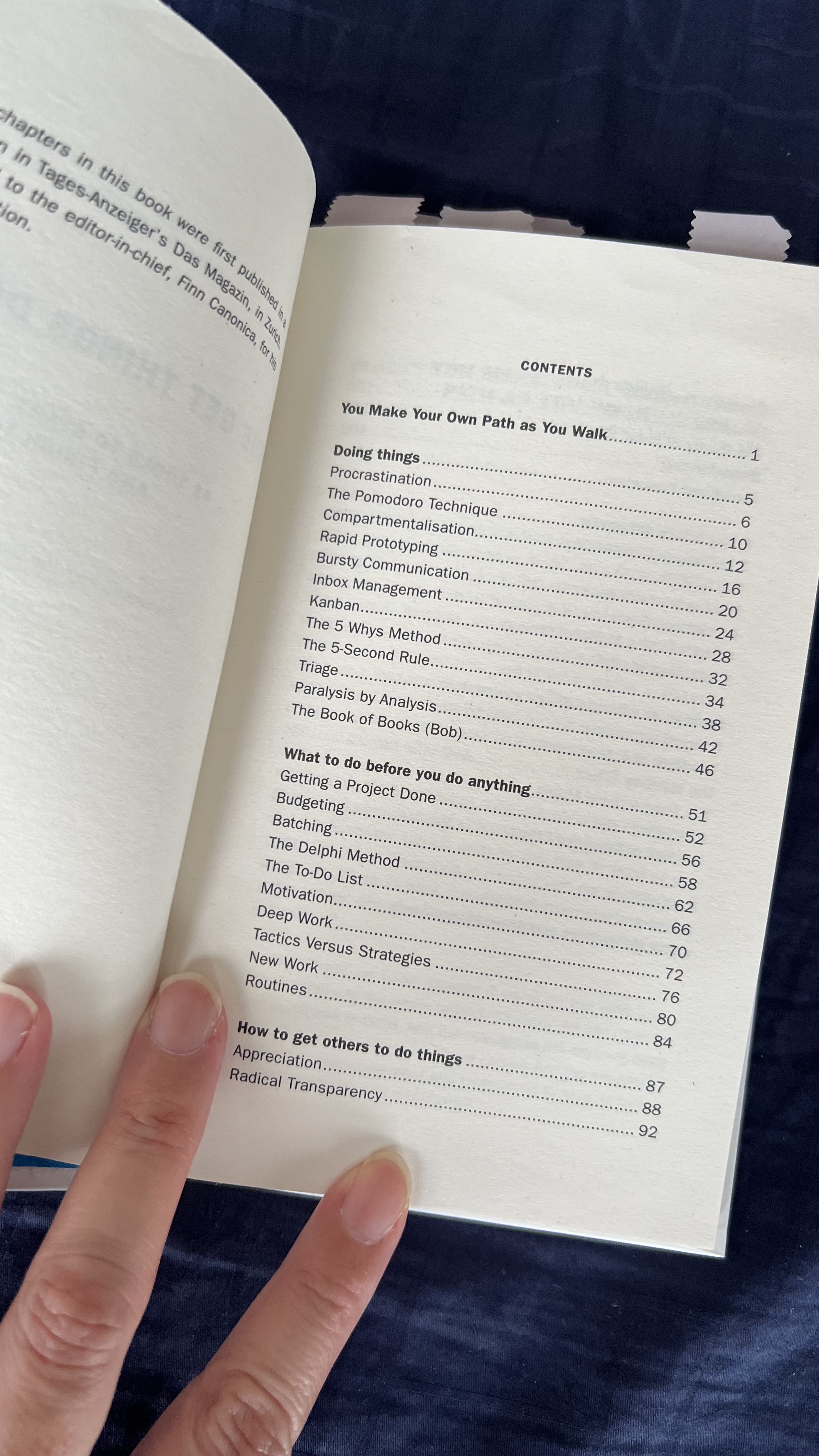I was not a fan of the word “productivity”. While the word itself is innocent enough, thanks to the media and how society has progressed lately, I got to associate “productivity” with “hustle” and value an individual with a mere number of outputs.
It took me quite some time to reframe my perspective and thoughts about what “being productive” is all about, and while, yes, “productivity” is still associated with the rate of output per unit of input (thanks, Industry Revolution), it means — simply — the amount of work an individual or a group accomplishes within a certain amount of time. For me, productivity means my accomplishment in a given time. It’s that feeling of, “Yes, I did something,” no matter how small it might look, at the end of the day.
Reading this, you might think that I’m a productive person. I am not.
Just recently, I told my team lead, “My focus level is like a cup of coffee that is overflowing everywhere.” My ability to control my focus is equivalent to that of a goldfish. Shiny things intrigued me, and it has been so easy for me to drop everything and run off to That Shiny Thing or That Button I Can Click.
Suffice it to say that I took this book while feeling desperate. I need to know how to stay focused—no, scratch that. I just need to know how to get things done.

“The Get Things Done Book: 41 Tools to Start, Stick With and Finish Things” is an insightful and practical guide for anyone looking to improve their productivity and efficiency. Many productivity, self-help, and management books that I know and have read usually worked like an inverted pyramid. Such books typically start with a bigger vision/perspective, then narrow it down into smaller areas and actionable tasks or ideas. However, this book ” simply ” shares 41 tools/ways you can try. Each “chapter” is different; for example, one chapter talks about a tool, and the following talks about a different tool. It’s more like a Field Guide, even.

There are five main areas in the book:
- Doing things
- What to do before you do anything
- How to get others to do things
- Doing things differently
- What to do with the things you’ve done
Each area has its own “chapters”/tools. For example, under “Doing things,” we can read about the Pomodoro technique, Kanban, and Inbox Management. While it’s easy to see each tool as a separate item, the author also makes cross-references and suggests using multiple tools. For example, in the chapter about Kanban under “Doing Things,” the author also mentioned and referenced the method “The To-Do List” under “What to do before you do anything.” This shows that each process and tool can work together, and we can adjust the tools to suit our workstyle/lifestyle and needs. One of the standout features of the book is its actionable advice. Each chapter ends with a summary and practical exercises, encouraging folks to apply what they’ve learned immediately. This hands-on approach ensures that the concepts are theoretical and can be practically integrated into one’s routine.

My favorite tool/chapter in this book is “Compartmentalisation.” I mentioned before that I always get attracted to Shiny Things like a moth to a flame, and reading the chapter about “Compartmentalisation” gives me an idea of how to focus when working or doing things.
The entrepreneur Ryan Blair explains compartmentalisation this way: Picture your life as a house. Everything that’s important has its own room. And in each room there’s a whiteboard, with a mathematical equation on it that you need to solve. However, in each room there is also a timer. The timer you have to solve the equation depends on how complex it is, but the longest you have is 60 minutes. Sometimes you only manage to solve it partially, sometimes you solve it completely. Whatever the case, as soon as the time goes off you should leave the room, close the door behind you and proceed to the next room, and then dedicate yourself to the next task.
Open the door, focus, work on the task, stop, close the door — one room after another.
My least favorite tool/chapter is “Sandwich Feedback,” haha. I immediately wrote “NO” on the book after seeing the chapter title. I always use the Situation-Behavior-Impact method when delivering feedback, and I feel the Sandwich Feedback method could come across as unclear and potentially confusing for the feedback receiver and might even unintentionally make light of the issue instead of the expected understanding from both sides on how the issue affects both parties.
That said, that’s the point of this book. Not everything in this book should be applied by us — in fact, it might be impossible to do so. The best way to approach this book is to read every tool mentioned first and then pick what suits you and your style. For me, I use:
- Compartmentalisation
- Triage
- Paralysis by Analysis
- Deep Work (TIL, “Deep Work” actually means when we are engaged in an activity that is neither too undemanding nor too challenging, and which gets the best out of us)
- The Circle of Influence
The tools above helped me with focus (Compartmentalisation), energy management (Triage and The Circle of Influence), and self-confidence (Paralysis by Analysis), which, like a full circle, returned me to hold my focus.
So, how was it?
I’m still working with Compartmentalisation. I found I worked best when I assigned myself to a task on Google Calendar. While this might seem a no-brainer for some folks, this is something that I still working on. To put myself in “the room with the whiteboard,” I specifically assigned the task/created a time block on my calendar, and reminded myself when the hour was near.
Mentally, I also prepared myself. The book recommends that the reader ask several questions to prepare themselves: What do I want? What output/result do I want from this room? How do I want to feel when I’m exiting this room?
Personally, I find this book really helpful in helping me get back on track and look for available tools and methods that I can try. That said, this book is perfect for those who are busy with projects and work, especially office work, and might also be suitable for students as they manage their time to study. However, this book is not the right one if you are looking for motivation and encouragement.
Book rating (don’t take this seriously, hahah. It’s from my personal opinion): 4/5

2 responses to “Book Review: “The Get Things Done Book: 41 Tools to Start, Stick With and Finish Things” by Mikael Krogerus and Roman Tschäppeler”
“Compartmentalisation” looks like an interesting concept! Will dive deeper into it 🙂
Any practical things you are doing or planning to do?
I’m most definitely doing Compartmentalisation. I always feel it’s important for me to focus first before diving into the tools (Kanban, Waterfall, Agile, etc.)
That said, it is hard. Sometimes I still find my brain wandering off — and when that happens, I “bring” it back. Similar to meditation, I guess.